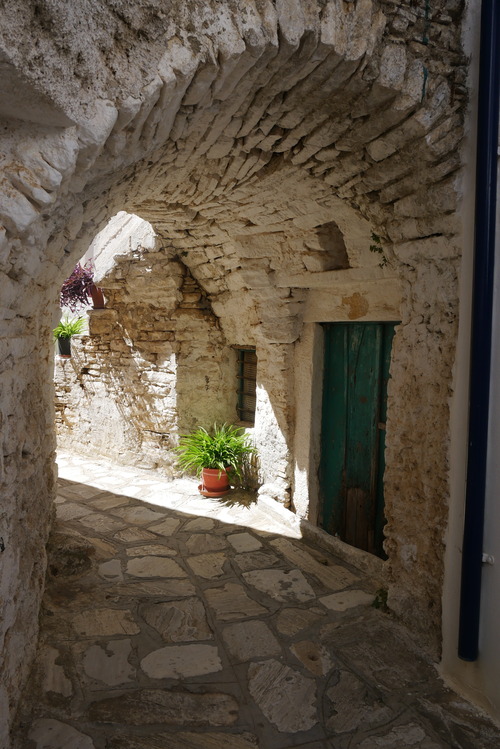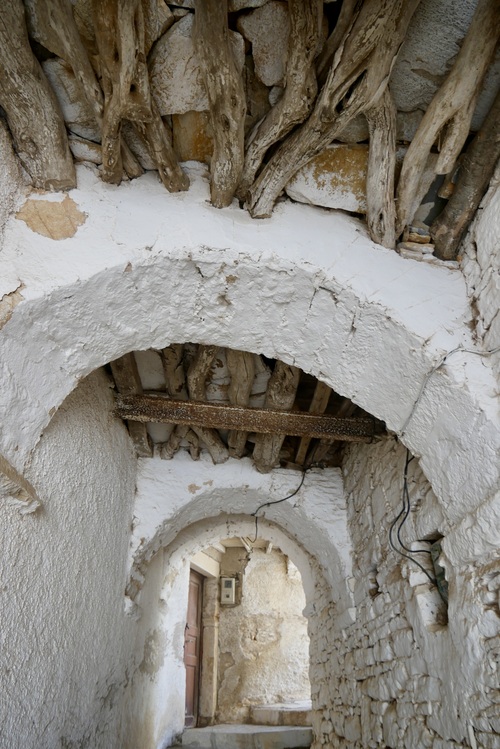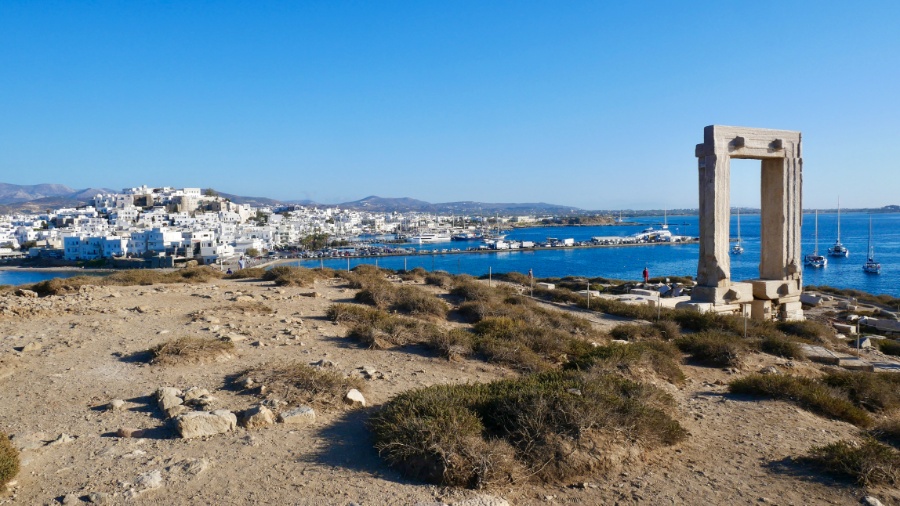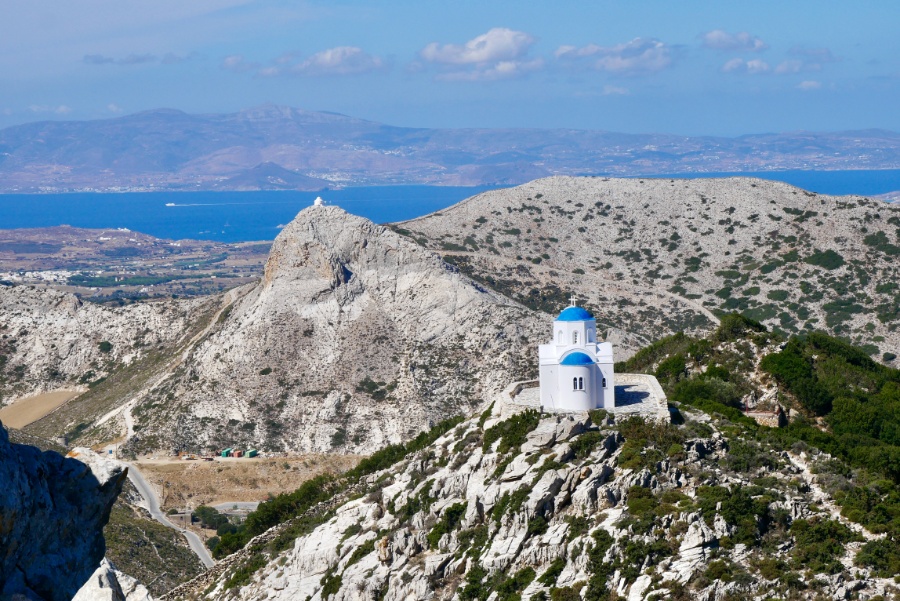
Things to Do in Naxos: Largest Island in the Cyclades
The Greek island of Naxos is an unassuming gem. Boasting traditional Cycladic whitewashed villages and dramatic scenery, it is both understated and well-endowed.
Naxos welcomes visitors with its laidback charm and sparkling Aegean waters. It may not be as renowned as nearby Santorini or Mykonos, but the island exudes a different vibe: one that is less commercialized, less Insta-famous, and equally beautiful.
TOP NAXOS ATTRACTIONS AND ITINERARY SUGGESTIONS
Naxos is the largest and greenest island in the Cyclades. It contains a wonderful balance of charming towns, photogenic scenery, ancient ruins, and sandy beaches.
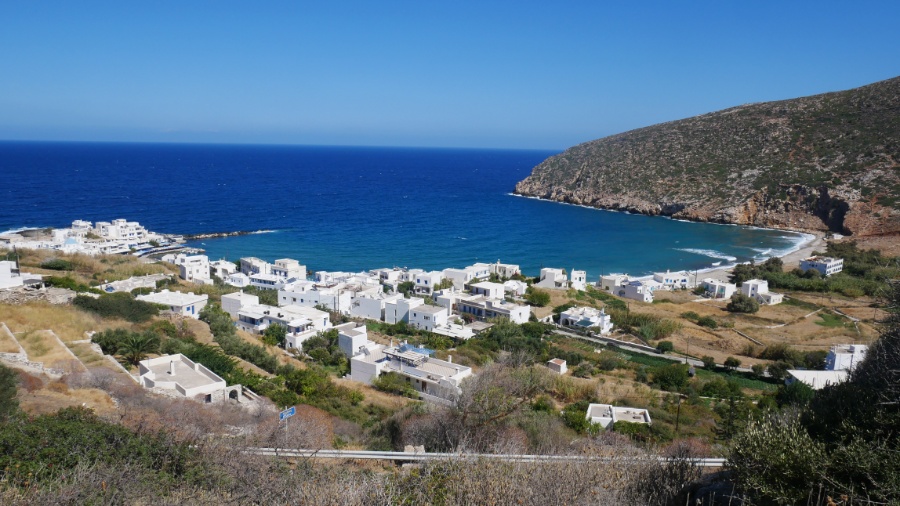
We spent three days in Naxos and, looking back, it wasn’t enough time. There are simply too many things to do in Naxos for a three day itinerary. The island’s winding mountain roads require time to navigate. And we found it difficult to squeeze in everything we had planned, considering that we had to juggle sightseeing with the needs of our 9 month old baby.
Had we planned for more time in Naxos, I would have loved to hike Mount Zas, visit the Kouroi of Flerio, and discover more of the island’s quaint settlements.
Yet while our three days in Naxos left many must-do activities on the table, our itinerary gave us an ideal balance of adventure, relaxation, exploration, and discovery.
WANDER THE STREETS OF CHORA
Chora (also known as Naxos Town) is the island’s main settlement. It is where the ferry terminal lies and where a majority of the island’s hotels reside.
Despite being the economic center of Naxos, Chora maintains a laidback charm. The town’s serpentine streets cascade downhill from the kastro—a venetian fortress that looms above Chora’s whitewashed homes. Below, its vibrant waterfront flanks a web of steep cobbled alleys.
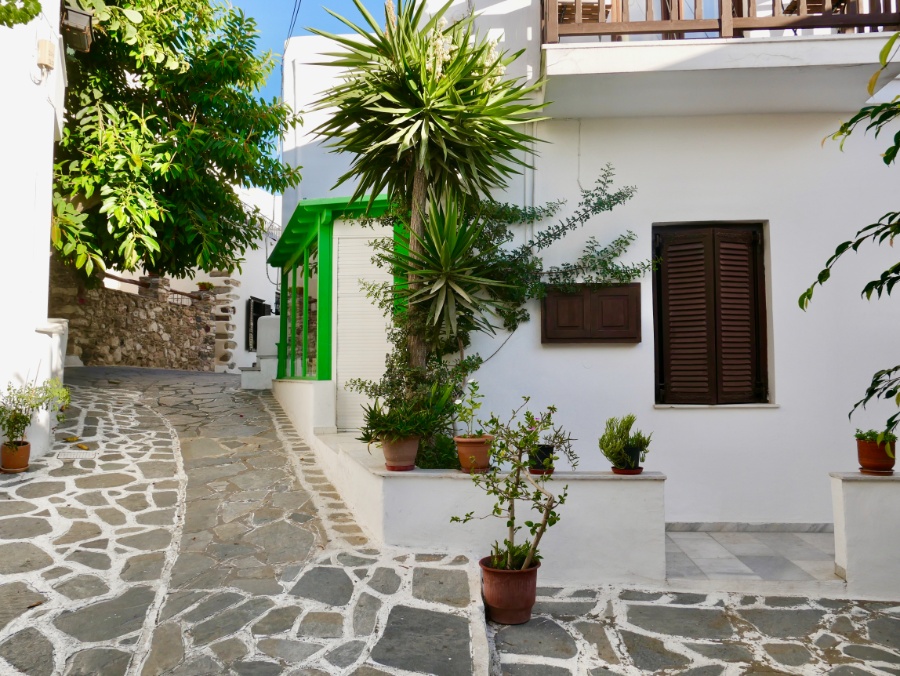
Unless you’re set on experiencing a more rural side of Naxos, Chora will probably be your base when visiting the island. Its close proximity to beaches and ruins means that—in addition to exploring the town’s cobbled streets—you’ll have plenty of things to see and do nearby.
Chora also has some lovely eateries and cafes. We enjoyed tasty meals at Elizabeth’s Garden and Meltemi Restaurant during our stay.
RELAX AT THE BEACH
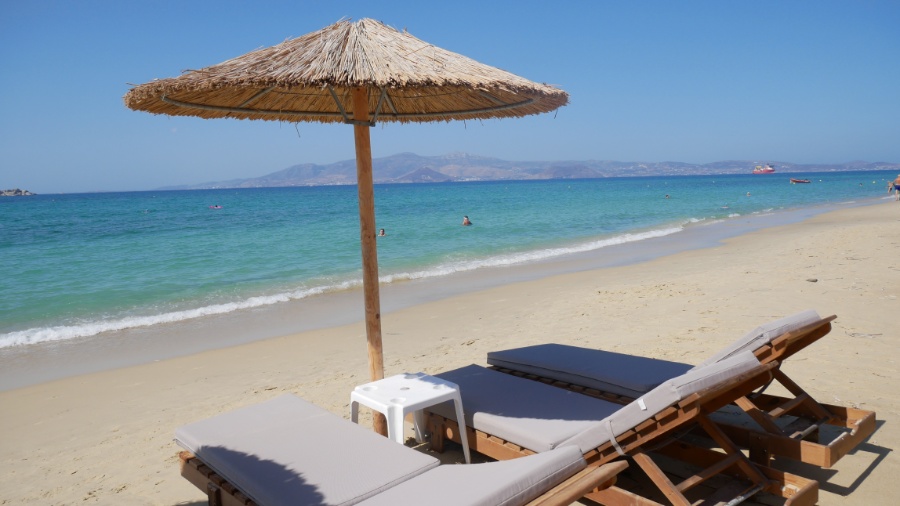
Plaka Beach is often considered to be the best beach in Naxos. It is the island’s longest stretch of sand, extending over three kilometers.
Do note that some of the quieter umbrella-free stretches of beach are clothing-optional.
VISIT MOUNTAIN VILLAGES
Naxos is a mountainous island dotted with small, picturesque villages. It contains the tallest point in the Cyclades (Mt Zas) as well as some of the region’s greenest hillsides. Its lush vegetation makes it unique among the surrounding islands.
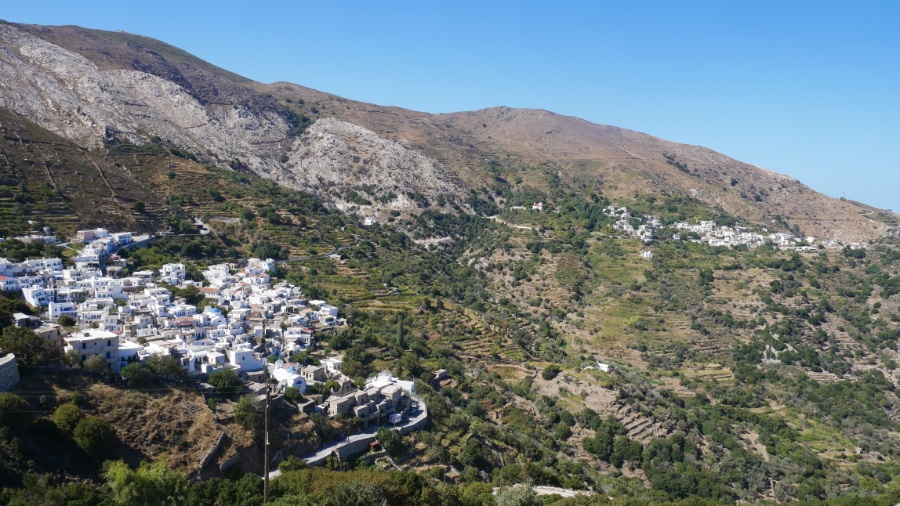
Naxos is verdant, forested, idyllic, and peaceful. The island’s fertile mountainsides produce olives, grapes, figs and citrus. They’re also littered with a collection of hillside settlements that maintain a certain quaint centuries-old charm.
-
APEIRANTHOS
Naxos has many villages worth visiting, but almost all sources give Apeiranthos the #1 spot.
Pretty Apeiranthos sits on the lush slopes of Mount Fanari. The city is well-known for its beautiful marble-clad buildings and walkways. Souvenir shops and cafes line the main street in town and its viewpoints showcase a lovely setting amidst the Naxian mountains.
We strolled the streets of Apiranthos while napping Elio in his carrier. During our visit, we enjoyed popping into artisan shops and getting lost in a maze of narrow alleyways.
-
MELANES
Melanes is another of Naxos’ picturesque villages. It is a wonderful base from which to explore the island’s more rural side. From Melanes, walking trails connect attractions in the surrounding area. They reach the Kouroi of Flerio and and a smattering of other small mountain communities.
When we visited Melanes, we had every intent of hiking to Myli and visiting the Kouroi. But an ensuing series of obstacles—including, but not limited to baby sleep—caused us to pivot our plans and explore the village.
Instead of venturing on a hike, we walked through town and made our way to the beautiful Agios Giorgios Church.
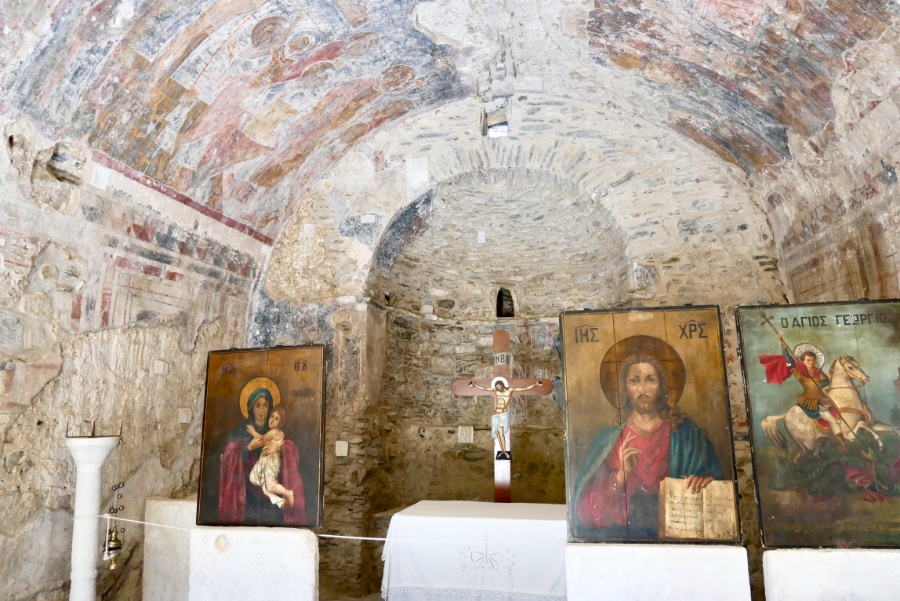
Agios Georgios is a small unassuming gem that lies next to a mountain stream, some 100 meters from the village of Melanes. The small Byzantine church is adorned in frescoes. It is well worth visiting during a trip to the area.
-
CHALKI
Chalki village (also sometimes referred to as Halki) used to be the island’s capital.
The city is among the most historically important on Naxos. It contains numerous neoclassical houses and buildings that are testimony to the wealth and power it once wielded. The village boasts colorful alleys that feel stuck in time and shaded cafes perfect for an afternoon snack.
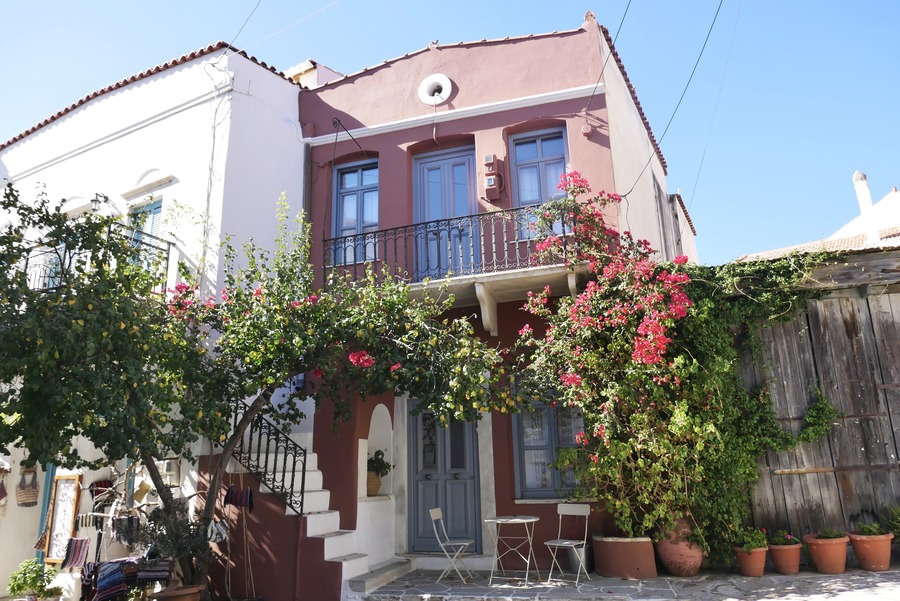
Though we stopped in Chalki for lunch, I only learned of the many things to do in town after my visit. The village contains well-preserved houses, Venetian towers and the Church of Panagia—a 9th century structure with some beautiful Byzantine and post-Byzantine frescoes.
-
APOLLONAS
Apollonas village is a settlement along Naxos’s northeastern coast, about 36 kilometers from Chora. It is a beautiful white and blue town that has been inhabited since antiquity, probably due to the nearby marble quarry.
The seaside village is quite removed from the other tourist attractions in Naxos. To reach Apollonas, we traveled along a winding road that showcases splendid views of the island’s coastal scenery. The drive is so beautiful, that I’d consider it to be a worthwhile attraction on its own.
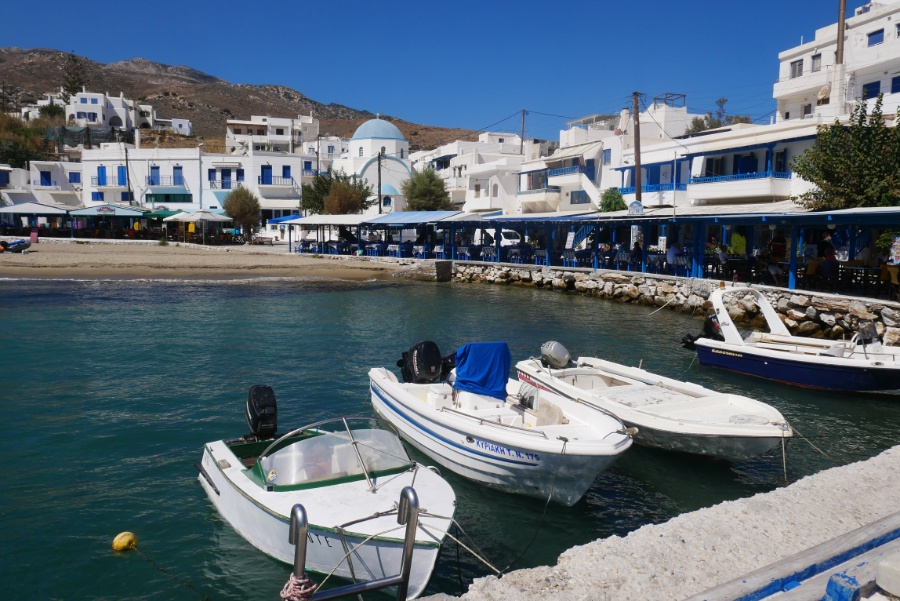
We stopped in Apollonas for lunch, before continuing toward Naxos’ interior. The town is lovely. Picturesque whitewashed houses line a sandy beach that lies within a harbor. Adjacent to the beach, bayfront restaurants with outdoor seating offer a fantastic spot to while away the afternoon.
CHECK OUT THE KOUROS
The kouroi of Naxos are free-standing ancient sculptures that appeared for the first time during the Archaic period in Greece. The massive marble statues represent nude male youths. They are among the island’s most notable archaeological finds.
-
KOUROS OF APOLLONAS
Located just minutes from Apollonas, the impressive 12 meter Kouros of Apollonas dates back to the 6th or 7th century BC. The large free-standing sculpture, also known as the Colossus of Dionysus, is one of the most impressive surviving statues on the island.
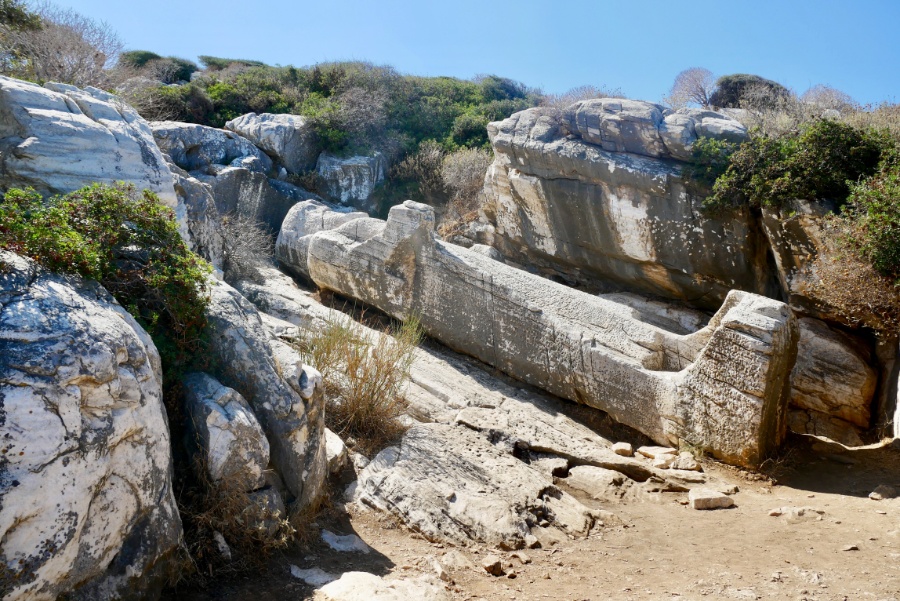
The kouros lies unfinished and abandoned, in a supine position. Archaeologists suggest that the statue remains in its current state because it was already cracked in several places and, thus, not worthy of transportation. It reminded me of the half-finished moai at the quarries on Easter Island.
-
KOURO OF FLERIO
Flerio was considered to be one of Naxos’ two main marble quarrying areas, alongside Apollonas.
Today, the attraction draws tourists to two oversized kouroi that date back to the 6th century BC. Both kouroi are unfinished, possibly due to accidents during their transportation.
We did not get the opportunity to visit the Kouroi of Flerio, despite initially intending to reach the archaeological site on a hike from Melanes.
VISIT ANCIENT RUINS
While it might not lay claim to the most renowned archaeological sites in Greece, the island of Naxos has enough ancient ruins to entertain history buffs. In addition to the kouroi, the island boasts the iconic Portara near Chora and the Temple of Demeter in the fields near Sangri.
-
PORTARA
Naxos’ monumental Portara faces Chora, on the islet of Palatia. A solitary doorway, it stands alone regally, as if keeping watch over the island and its largest settlement.
While the Portara resembles a door to nowhere, it is a wonderful spot from which to view the sunset. It is among the top Naxos attractions—both due to its historical significance and idyllic setting.
The monumental gate, which is the only remnant seen today, lies amidst foundations that were never completed.
Over the years, most of the stones used to build the temple were brought to other areas of the island. Some of the stones now adorn the Venetian palaces and castles in Chora and beyond.
-
TEMPLE OF DEMETER
The Temple of Demeter, built around 530 BC, predates the Acropolis in Athens. it is a small archaeological site that contains a series of Ionic columns, sculptures and marble votives.
Inscriptions suggest that the temple was dedicated to Demeter, the goddess of harvest, grain and fertility. The temple was partially replaced by a Christian basilica in the 6th century.
Unfortunately and unbeknownst to us at the time, the Temple of Demeter is closed to guests on Tuesdays. Thus, we didn’t get a chance to see the ancient structure up close—though we could see it in the distance, rising from the farmland.
TAKE A HIKE
As one of Greece’s most vertical islands, Naxos is an ideal destination for hikers. Its densely-vegetated countryside and dramatic mountain scenery conceals an abundance of crisscrossing trails.
Logistically and time-wise, we didn’t take advantage of the island’s walking paths. We had originally wanted to explore the trails near Melanes, but found it difficult to squeeze them into our itinerary.
Had we not been traveling with a baby, we would have likely opted to hike to the summit of Mount Zas. At 1,000 meters above sea level, Mount Zas is the highest point in the Cyclades. The 5.7 mile out-and-back summit trail leaves from near Filoti.
WHERE TO STAY IN NAXOS
There are a variety of wonderful places to stay in Naxos that cater to different budgets. Even the island’s most lavish accommodations—options that would be at least triple the price on more popular islands—are somewhat reasonably priced.
For budget travelers, the Anatoli Hotel seems to offer wonderful amenities at a wallet-friendly cost. It has a pool, free breakfast and clean rooms. The Manios Suites is a midrange property near Agios Anna that boasts a fantastic beachside location.
And if you’re looking to splurge, it doesn’t seem to get much better than the Diadema Villa—with its ocean views, private pool spa and luxurious rooms.
My family and I chose to stay in an apartment during our Naxos vacation. Since Dan and I were traveling with my parents and our 9 month old baby, the rental home was a perfect option for our large group.
GETTING TO NAXOS
Naxos connects with the rest of Greece by boat and plane. Frequent ferry connections link the large island with other destinations in the Cyclades—including Santorini, Ios, Paros, and Milos. You can find details and timetables at Ferryhopper.com
We took a ferry to Naxos from Santorini and had no difficulty booking last minute.
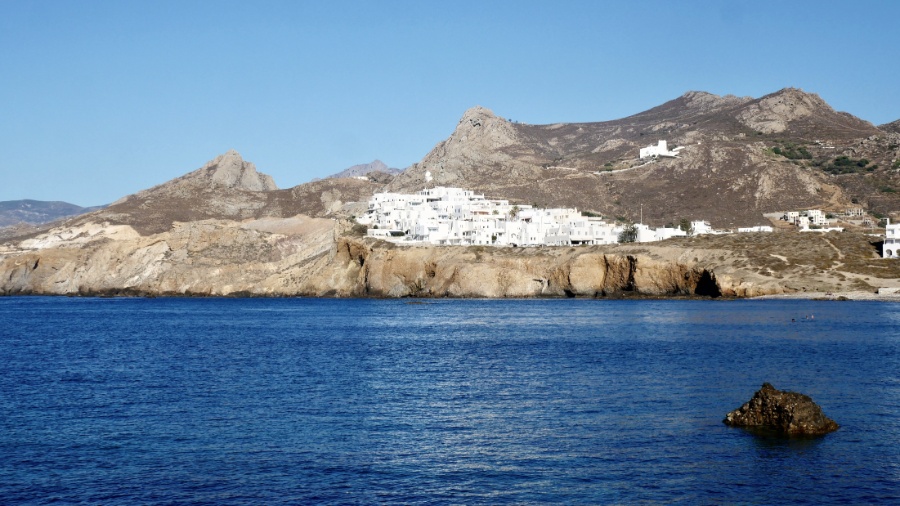
Travelers coming from Athens also have the option of reaching Naxos by plane on Olympic Air or Sky Express.
***
Traveling around Naxos is what I imagine visiting Santorini must have once felt like, before the onslaught of tourism converted whitewashed homes into opulent hotels. The verdant island of Naxos still retains a laidback character that feels unblemished by mass tourism.
Naxos is a family-friendly travel destination that brims with things to see and do. Showcasing some of the most noteworthy natural and human-engineered gems in the Cyclades, the island contains all the necessary ingredients of a memorable Greek holiday—quaint villages, historical monuments, azure waters, a lively atmosphere, and postcard-worthy scenery.



